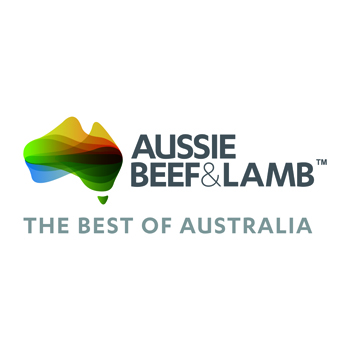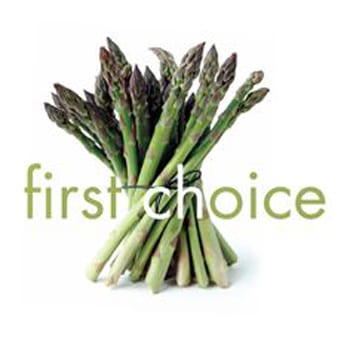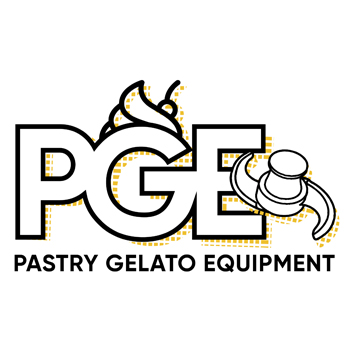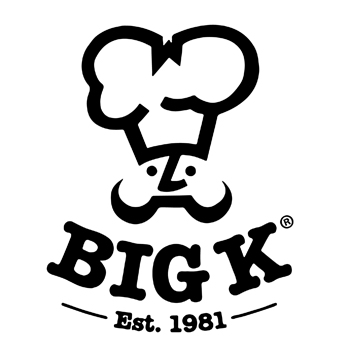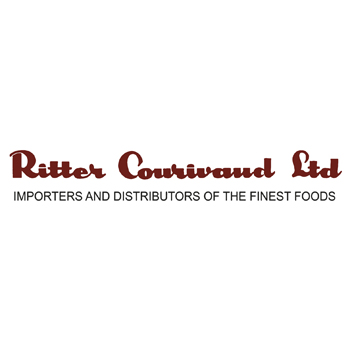Nyetimber: Putting the Sparkle into Sussex
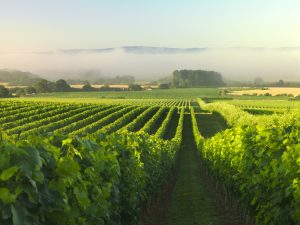
Recent years have seen sales of English sparkling wine soaring as people move away from the traditional Champagnes and Proseccos and look closer to home for their celebratory sparkles.
Even the royals are getting behind British bubbles with Will and Kate reportedly serving English sparkling rose at their wedding, and the Queen serving English sparkling wine to President Obama at Buckingham Palace.
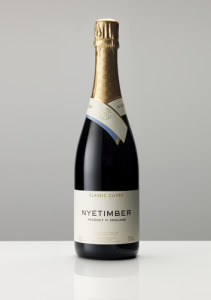 But while it might only be in the past decade or so that English sparkling wine has really made any kind of dent in the market, it is thought that the production of bottle fermented sparkling wine in England, goes back more than 350 years, albeit with grapes from France.
But while it might only be in the past decade or so that English sparkling wine has really made any kind of dent in the market, it is thought that the production of bottle fermented sparkling wine in England, goes back more than 350 years, albeit with grapes from France.
It was an English physician and scientist named Christopher Merret who first noted ‘wine coopers’ adding sugar and molasses to wines to render them sparkling. In December 1662, Dr Merret presented a paper to the Royal Society in which he noted a second fermentation taking place in the bottle itself.
One of the main challenges of bottle fermentation at the time was that frequently the bottles would burst due to the build up of pressure. Fortunately though, Britain already had a head-start on developing new techniques for producing stronger glass bottles. With this stronger glass, bottle fermentation could at last be carried out in a reliable way.
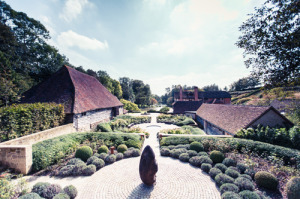 Nyetimber is an estate in the heart of the West Sussex countryside with a long and fascinating history. The earliest beginnings of the estate were documented in the Domesday Book in 1086, and for a period the Nyetimber estate was strongly tied to the ancient Priory of Lewes. In the 16th century the estate came under the ownership of King Henry VIII, who passed the property first to Thomas Cromwell, and later to his fourth wife Anne of Cleves. However it would be a further three hundred years before the estate’s viticultural activities would get underway.
Nyetimber is an estate in the heart of the West Sussex countryside with a long and fascinating history. The earliest beginnings of the estate were documented in the Domesday Book in 1086, and for a period the Nyetimber estate was strongly tied to the ancient Priory of Lewes. In the 16th century the estate came under the ownership of King Henry VIII, who passed the property first to Thomas Cromwell, and later to his fourth wife Anne of Cleves. However it would be a further three hundred years before the estate’s viticultural activities would get underway.
“In 1988, Nyetimber became the first wine producer to plant the Champagne grape varieties in England,” said Neil Irvine, South West regional sales manager at Nyetimber.
“We have England’s oldest Chardonnay vines. Before that other English vineyards were planting German varieties.”
Nyetimber’s first wines were released in the late 90’s, winning several awards and receiving acclaim from press and others in the wine industry. However it wasn’t until Eric Heerema acquired the vineyard in 2006 that Nyetimber, and English sparkling wine started capturing the attention of a much wider audience.
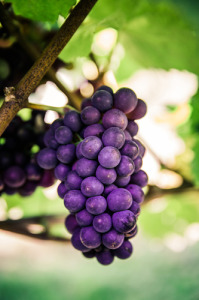 Nyetimber owns around 380 acres of vineyards across eight sites and it is their unrivalled commitment to quality that really sets them apart.
Nyetimber owns around 380 acres of vineyards across eight sites and it is their unrivalled commitment to quality that really sets them apart.
“We own all of our sites,” explained Nyetimber’s South East regional sales manager, Luke Smith. “We don’t buy in any grapes from anywhere else, and we don’t sell our grapes to anyone else either so we have complete control.” Around one third of our vines are near the village of West Chiltington, another third are nearby in Tillington, and the final third are just across the border into Hampshire near Stockbridge.
There’s an almost obsessive attention to detail in everything Nyetimber does, which is perhaps what sets it apart from other products on the market and has earned the brand the reputation as the finest English sparkling wine on the market.
“There’s real nuances in all the soil types across the vineyards,” said former geologist Luke as we walked through the picturesque vineyards set against the beautiful backdrop of the South Downs.
“There are 65 identifiable areas which give different styles and flavours each harvest time. When the grapes are harvested they are all treated separately. It is only after vinification that they are blended.
“There’s a real noticeable difference between each block. It gives the wine making team flexibility and complexity. Each vintage will taste different and the art is in creating the balance.
“The South Downs look fantastic but they also allow us to grow vines,” continued Luke.
“They provide protection from the wind and they also give us the soil type that we need to grow the grapes that we do here. Around 100 million years ago the North and South Downs were joined.
Over the years the glacial rivers eroded away the centre to expose the greensand which is perfect for growing Pinot Noir and Pinot Meunier.
“The 110 acres we have in Hampshire is planted directly on the chalk and we only have Chardonnay there.
“Everything we do at Nyetimber is about quality.
“If there’s a process that will give more complexity or more intensity of flavour then it will be done.
“From planting the first vines it’s seven or eight years before the bottle is released for sale so you have to have a long term view.
“There’s a serious attention to detail and we believe that shines through in the wines.”
They are so devoted to quality that in 2012 the Nyetimber winemakers took the decision not to make any wine because, thanks to poor weather, the grapes were not up to standard.
“Not to harvest was a hard decision to make,” said Luke. “But it was a better decision than releasing a bad vintage.”
The weather is vital factor in producing wines.
“The best weather for us is an average summer, a long warm September and a dry harvest,” said Luke.
“Our most significant risk is frost in April.
“At the end of March big trailers are brought in to the vineyards, with what are essentially giant hairdryers.
“For about four weeks the team is on “frost watch” on nights when the forecast is predicting temperatures near freezing.
“There are weather stations all around the vineyards and if the temperature drops below a certain level the team will be notified and they will come out and move the air around to keep the temperature up.
 “It’s all about creating the best possible environment for the best possible fruit.”
“It’s all about creating the best possible environment for the best possible fruit.”
For more about Nyetimber visit www.nyetimber.com

